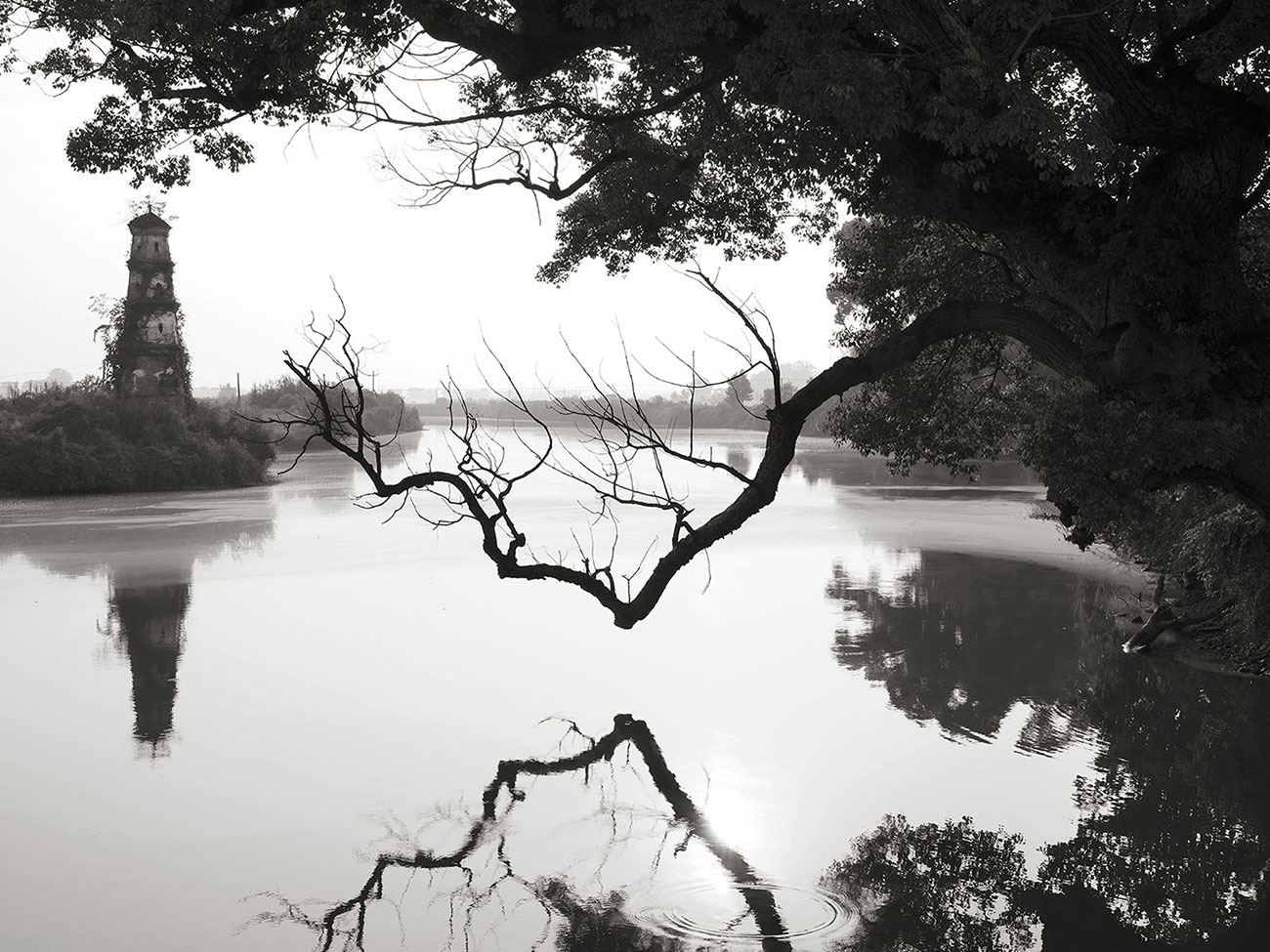
Fuzhou–A Forgotten Land
November, 2016, When I first met with Mr. Ma Dadong through an introduction made by my long-time friend Ms. Han Feng, I learned that 15 years ago, Mr. Ma found out that a part of his beloved hometown of Fuzhou of Jiangxi province, would be immersed beneath the rising water caused by a newly built dam. The submerged parts of the town would include Ming and Qing dynasty’s stone mansions several hundred years old, and forests of thousand-year-old trees.
The following year, I visited the resort near Shanghai that Mr. Ma started building 700 Km away from Fuzhou. At the resort, which was still under construction, Mr. Ma was transplanting 10,000 trees, include the trees over 1000 years old from Fuzhou. Happily, 8,000 of them survived. He also moved many buildings, by transporting them in pieces, and reassembling them to show off the glorious architecture of 15th~ 18th century Fuzhou.
I was moved by Mr. Ma’s passion and love of Fuzhou. He spent more than 15 years in his effort to save the trees and his beloved Fuzhou architecture.
After my visit to the resort near Shanghai, my new friend, Ms. Eva Hu sent me a series of photographs which captured scenes of neighboring old villages and the landscape of Fuzhou. I was struck with the wish to photograph the land.
In December 2017, my first visit to Fuzhou was arranged by Ms. Hu, the vice president of the resort. She introduced me to her Fuzhou friend Mr. Zhou, an artist making rubbings from old stone carvings. He kindly agreed to help me as a researcher and guide to Fuzhou.
Mr. O, (Lian Xiaoou) a very tall talented graphic artist and photographer from Beijing, came to help me as an assistant. Ms. Eva Hu and her assistant Aaron Zhang were the team supporting me during the Fuzhou photography project.
In Fuzhou, there are quite a number of buildings constructed with traditional architecture, also majestic stone walls, and gates with uniquely designed ornaments. Unfortunately, many of the once-majestic houses have not been properly maintained. Roofs have leaked and walls have almost collapsed. I felt I have witnessed the “modern monuments” in China.
In many houses in China, there is an altar to the ancestors, located in the center of the house. In some of these, the altar has been replaced by an old poster of the Chairman Mao. At other houses, old photographs of Lenin or Marx were aging along with the building. These iconic images of the 1950’s cultural revolution days in China, still decorate old houses. I saw some mansions in a state of ruin even though the altar seemed to be still in use. I found memorial tablets of the ancestors and burnt incense and traces of offering items, all of which indicated recent visits.
Alongside old formal mansions, there were also a few “reconstructed old villages” in the area. Perhaps they were preserved for purposes of tourism or historic conservation. Canals and moats were also reconstructed to decorate the village that re-created the period’s life of Fuzhou.
Near by the reconstructed village, there are some ruins of large houses, in which the main large room of each house seemed to be used for storage of farming equipment, carriages, and hay or branches.
On the last day of the trip in November 2017, I photographed the reservoir, which was created by a new dam in recent years, and has swallowed the area including villages and forests. The only evidence of the once-existing village was the rooftop of a school. Electric poles with advertising signs were also visible above the water. It was a symbolic place, giving trace-reminders of the life of people before the dam was built.
I used to think of “Sacred Places,” my long-time photographic theme, as defined by cultural and spiritual monuments. Then I photographed the people of Bhutan for six years, in the series “Bhutan Sacred Within (2002-2006),” an experience in which I sought to view the inner sacredness of people.
The places I photographed in Fuzhou might be like many other places on earth. Because of a newly built dam, they became ruins, or perhaps only traces of life in the past. What’s left of those once-vital places might be just the roof of a school and an advertising sign on an electric pole. This experience reminded me a word: impermanence.
In some of the old villages with majestic houses, I saw that the old people were still living there, though they used only a small part of the mansion. Many younger family members seemed to have left to larger cities, looking for work. I saw the pride and despair coexisting in the faces of the elderly. Perhaps they were once masters of the mansion, but now they were left in the old mansion surrounded by decay. The traces of people’s existence in the almost forgotten villages are today’s “monuments”
On my final trip to Fuzhou in April 2019, I focused on the elderly who are former inhabitants of the remaining abandoned mansions. Abandoned villages, ruined houses, and last remaining residents — these are the monuments of humankind. This is Fuzhou, a beautiful but a forgotten land.
Kenro Izu, 2019
